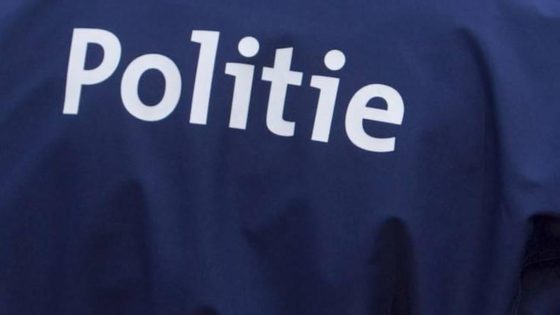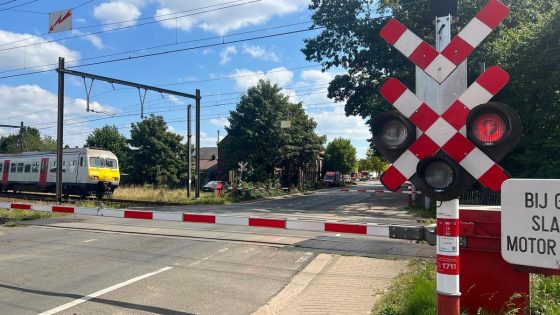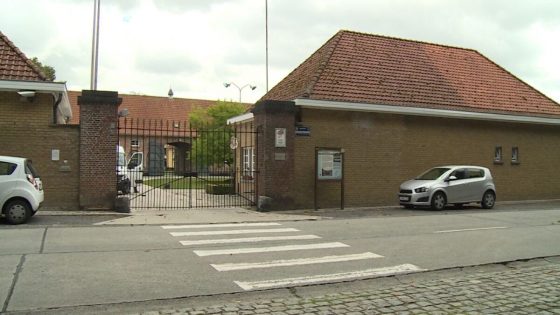Deforestation in Flanders continues to raise concerns as nearly nine out of ten requests to cut down trees receive approval. With a staggering 209 hectares already cleared in 2024, equivalent to almost 300 football fields, the scale of tree loss is alarming for many locals. As of 2025-08-05 05:00:00, the trend shows little sign of slowing, sparking debate about environmental priorities in the region.
- Negen op tien ontbossingsaanvragen krijgen goedkeuring
- Vlaanderen kapt 209 hectare bos in 2024
- Bijna 300 voetbalvelden bos verdwenen vorig jaar
- Groen waarschuwt voor hoge ontbossingscijfers
- Vergunningen stimuleren grootschalige boskap in Vlaanderen
Who decides which forests can be felled, and what does this mean for Flanders’ green spaces? The high approval rate for deforestation permits highlights a policy environment that favours logging, even as environmental groups sound the alarm. This situation begs the question: is enough being done to protect our natural heritage?
Understanding the impact of these widespread tree removals is crucial to shaping future conservation efforts and public awareness.
Why is deforestation so readily permitted in Flanders? The data suggests a lenient regulatory framework, but what are the consequences for biodiversity and climate resilience? Key points include:
- High approval rate (90%) for tree-cutting applications
- Loss of nearly 300 football fields worth of forest in 2024
- Growing concern from environmental groups like Groen
- Potential long-term effects on local ecosystems and air quality
As Flanders faces continued forest loss, policymakers and citizens alike must ask: how can we better balance development with nature conservation? The coming months will be critical for shaping a greener future, and public engagement is essential to drive meaningful change.

































